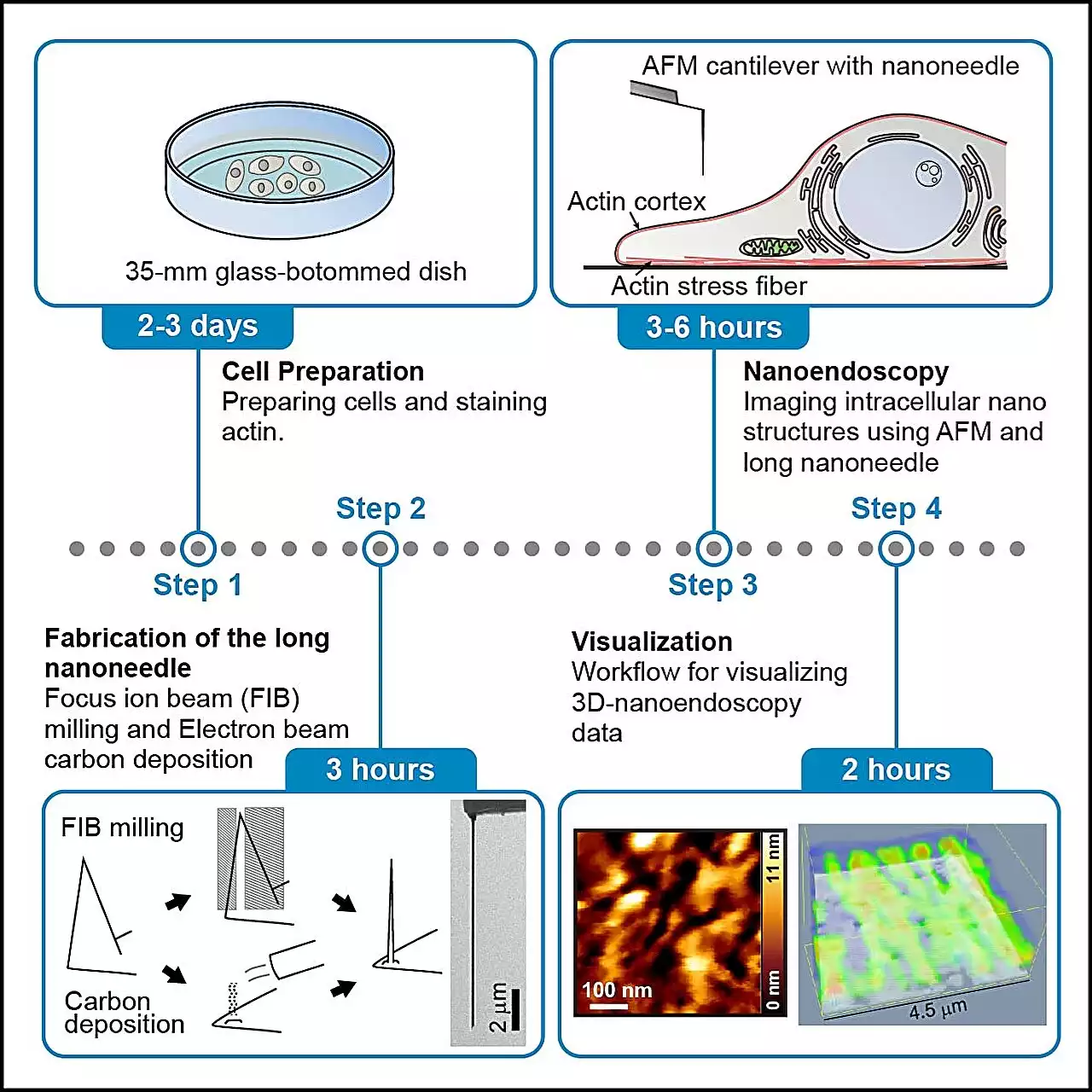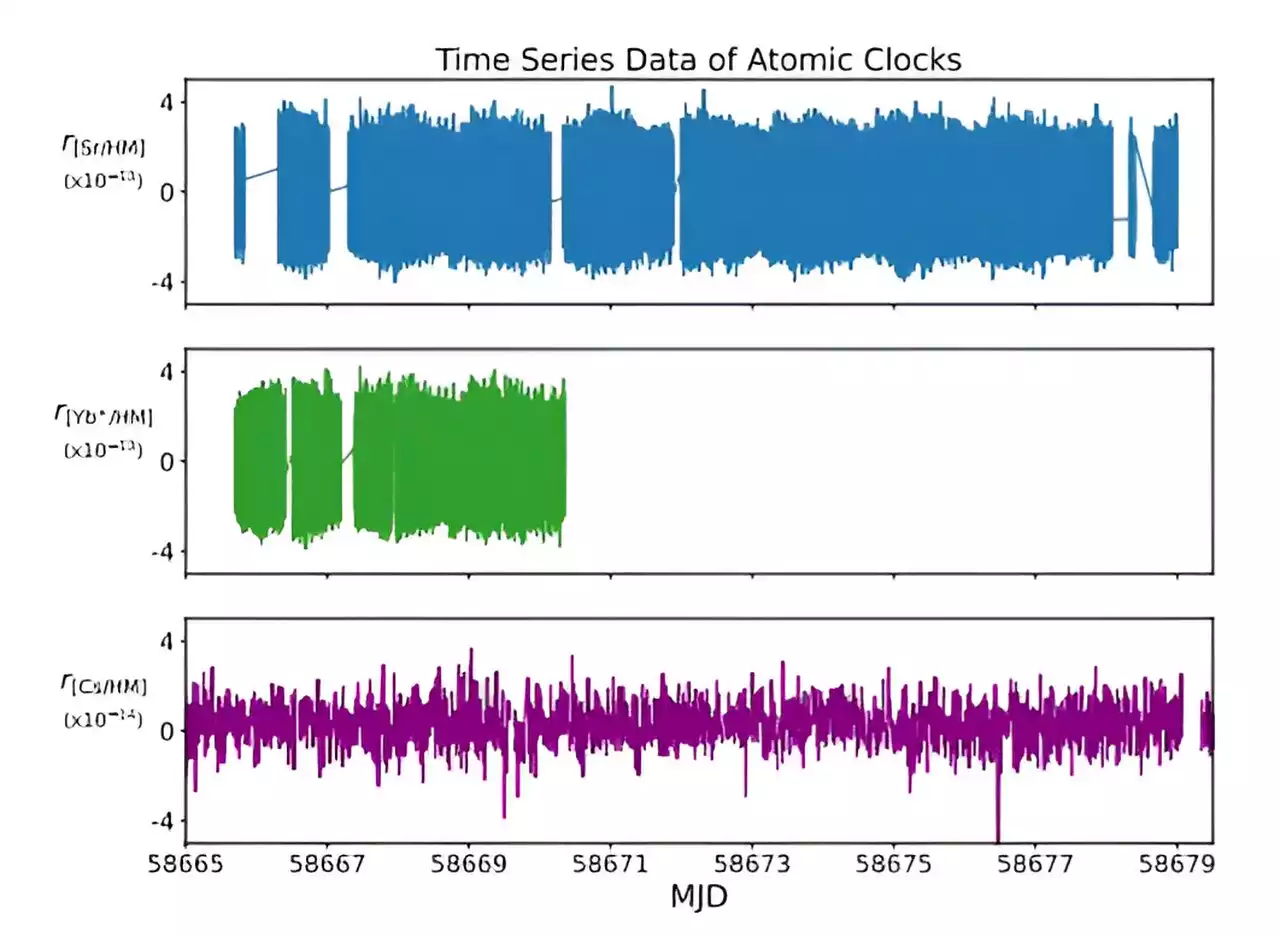Researchers at the Technion—Israel Institute of Technology have developed a coherent and controllable spin-optical laser based on a single atomic layer. This discovery is enabled by coherent spin-dependent interactions between a single atomic layer and a laterally confined photonic spin lattice, the latter of which supports high-Q spin-valley states through the photonic Rashba-type spin splitting of a bound state in the continuum.
and also featured in the journal's Research Briefing, the achievement paves the way to study coherent spin-dependent phenomena in both classical and quantum regimes, opening new horizons inCan we lift the spin degeneracy of light sources in the absence of magnetic fields at room temperature? According to Dr.
To achieve high-Q spin-split states, the researchers constructed photonic spin lattices with different symmetry properties, which comprise an inversion-asymmetry core and inversion-symmetry cladding integrated with a WSmonolayer to create laterally confined spin-valley states. The essential inversion-asymmetry lattice the researchers use has two important properties.
This lasing-mechanism-driven valley coherence removes the need for cryogenic temperatures to suppress the intervalley scattering. Moreover, the minimum-loss state of the Rashba monolayer laser can be regulated to be satisfied via a linear pump polarization, which provides a way to control the lasing intensity and spatial coherence.
"However, the underlying coherent addition of multiple valley excitons of the realized Rashba monolayer light sources remained unsolved, owing to the lack of a strong synchronizing mechanism between the excitons. This issue inspired us to think about high-Q photonic Rashba modes. Following innovations in new physical approaches, we achieved the Rashba monolayer laser described here."
United States Latest News, United States Headlines
Similar News:You can also read news stories similar to this one that we have collected from other news sources.
 Researchers define protocol for high-resolution imaging of living cells using atomic force microscopyImages of nanoscale structures inside living cells are in increasing demand for the insights into cellular structure and function that they can reveal. So far, the tools for capturing such images have been limited, but researchers led by Takeshi Fukuma and Takehiko Ichikawa at Kanazawa University have now devised and reported a full protocol for using atomic force microscopy (AFM) to image inside living cells. The research is published in the journal STAR Protocols.
Researchers define protocol for high-resolution imaging of living cells using atomic force microscopyImages of nanoscale structures inside living cells are in increasing demand for the insights into cellular structure and function that they can reveal. So far, the tools for capturing such images have been limited, but researchers led by Takeshi Fukuma and Takehiko Ichikawa at Kanazawa University have now devised and reported a full protocol for using atomic force microscopy (AFM) to image inside living cells. The research is published in the journal STAR Protocols.
Read more »
 Atomic-scale spin-optical laser: New horizon of optoelectronic devicesResearchers have pushed the limits of the possible in the field of atomic-scale spin-optics, creating a spin-optical laser from monolayer-integrated spin-valley microcavities without requiring magnetic fields or cryogenic temperatures.
Atomic-scale spin-optical laser: New horizon of optoelectronic devicesResearchers have pushed the limits of the possible in the field of atomic-scale spin-optics, creating a spin-optical laser from monolayer-integrated spin-valley microcavities without requiring magnetic fields or cryogenic temperatures.
Read more »
 Researchers use AI to find new magnetic materials without critical elementsA team of scientists from Ames National Laboratory has developed a new machine learning model for discovering critical-element-free permanent magnet materials. The model predicts the Curie temperature of new material combinations. It is an important first step in using artificial intelligence to predict new permanent magnet materials. This model adds to the team's recently developed capability for discovering thermodynamically stable rare earth materials. The work is published in Chemistry of Materials.
Researchers use AI to find new magnetic materials without critical elementsA team of scientists from Ames National Laboratory has developed a new machine learning model for discovering critical-element-free permanent magnet materials. The model predicts the Curie temperature of new material combinations. It is an important first step in using artificial intelligence to predict new permanent magnet materials. This model adds to the team's recently developed capability for discovering thermodynamically stable rare earth materials. The work is published in Chemistry of Materials.
Read more »
 Researchers use AI to find new magnetic materials without critical elementsA team of scientists developed a new machine learning model for discovering critical-element-free permanent magnet materials based on the predicted Curie temperature of new material combinations.
Researchers use AI to find new magnetic materials without critical elementsA team of scientists developed a new machine learning model for discovering critical-element-free permanent magnet materials based on the predicted Curie temperature of new material combinations.
Read more »
 Using an atomic clock to help find evidence of dark matterA combined team of physicists from the University of Sussex and the National Physical Laboratory, both in the U.K., has been designing experiments to identify ultra-light dark matter particles. In their paper published in the open-access New Journal of Physics, the group describes how they are attempting to use the high precision of atomic clocks to detect ultra-light dark matter particle 'kicks' that would lead to time variations and, in so doing, would show evidence of dark matter.
Using an atomic clock to help find evidence of dark matterA combined team of physicists from the University of Sussex and the National Physical Laboratory, both in the U.K., has been designing experiments to identify ultra-light dark matter particles. In their paper published in the open-access New Journal of Physics, the group describes how they are attempting to use the high precision of atomic clocks to detect ultra-light dark matter particle 'kicks' that would lead to time variations and, in so doing, would show evidence of dark matter.
Read more »
 Golden rules for building atomic blocksPhysicists have developed a technique to precisely control the alignment of supermoiré lattices by using a set of golden rules, paving the way for the advancement of next generation moiré quantum matter.
Golden rules for building atomic blocksPhysicists have developed a technique to precisely control the alignment of supermoiré lattices by using a set of golden rules, paving the way for the advancement of next generation moiré quantum matter.
Read more »
